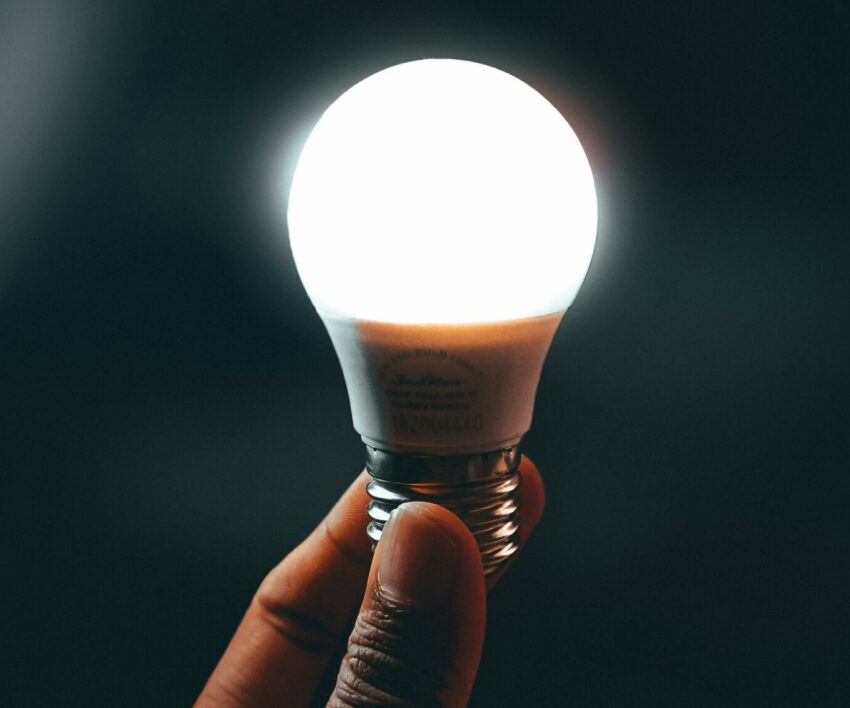
Loadshedding has become an uninvited guest in many South African households, flipping the switch on daily routines and forcing everyone to get a little more creative. But just because the power is out doesn’t mean life has to come to a standstill.
Whether it’s prepping meals that don’t need cooking, swapping screen time for old-school entertainment, or finding ways to stay productive without WiFi, there are plenty of ways to keep things moving—even when the lights don’t.
During load shedding, appliances may experience sudden surges of electricity, potentially causing damage. To avoid this, it is recommended by Property24 to use surge-protected units. Non-electrical cooking options like gas stoves and braai can be used instead of electricity. If your home has an electrically operated system, the publication states that you ensure backup batteries are in good working condition.
“Rechargeable LED lights are a must-have during these rolling blackouts. They are not as bright as normal lights, but they are bright enough to light up the room for homework and household activities.”
Despite the inconvenience, load shedding can also provide opportunities for outdoor activities, such as camping and spending quality time with family.
Loadshedding poses significant threats to homes and offices, with criminals exploiting the situation. This is why the Trellidor publication advises you to lock all doors and windows, check for fully charged batteries and have a battery-operated lighting alternative like a torch. The source also encourages the use of an Uninterruptible Power Supply (UPS) system, which is a battery-powered backup during load shedding or low voltage levels.
It is stated that standby UPS is the simplest and most affordable option, as it directly feeds power from the wall to the computer’s power supply. UPS systems are said to offer several advantages, including preventing data loss during power outages, maintaining battery life during load-shedding, and protecting against power surges. They ensure an uninterrupted power supply, allowing users to save or store data before the system shuts down, and disconnecting users from the power supply for stability.
Also see: Ideas on how to save electricity




